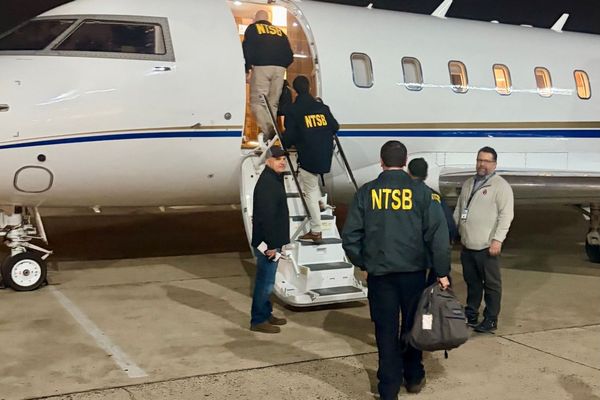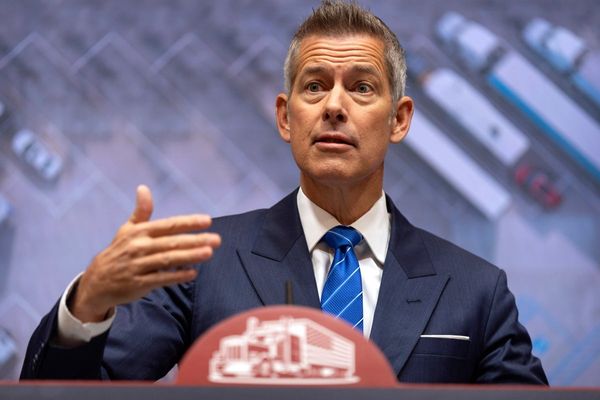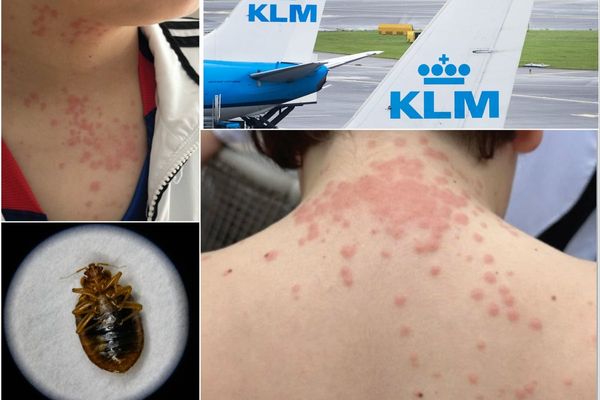
President Donald Trump's deployment of the National Guard to Los Angeles in response to immigration protests is the latest in a long history of U.S. elected officials sending troops in hopes of thwarting unrest connected to civil rights protests.
National Guard troops are typically deployed for a variety of emergencies and natural disasters with the permission of governors in responding states, but Trump, a Republican, sent about 1,000 California National Guard troops to Los Angeles despite the objections of California Gov. Gavin Newsom and Los Angeles Mayor Karen Bass, both Democrats.
Confrontations began Friday when dozens of protesters gathered outside a federal detention center demanding the release of more than 40 people arrested by federal immigration authorities across Los Angeles, as part of Trump’s mass deportation campaign.
Trump said that federalizing the troops on Saturday was necessary to “address the lawlessness” in California. Newsom said Trump’s recent decision was “purposely inflammatory and will only escalate tensions.”
Some of the previous National Guard deployments have preserved peace amid violent crackdowns from local law enforcement or threats from vigilantes, but sometimes they have intensified tensions among people who were protesting for civil rights or racial equality.
On rare occasion, presidents have invoked an 18th-century wartime law called the Insurrection Act, which is the main legal mechanism that a president can use to activate the military or National Guard during times of rebellion or unrest. Other times they relied on a similar federal law that allows the president to federalize National Guard troops under certain circumstances, which is what Trump did on Saturday.
Here is a look at some of the most notable deployments:
George Floyd protests in Los Angeles in 2020
Almost five years ago, Newsom deployed approximately 8,000 National Guard troops to quell protests over racial injustice inspired by the death of George Floyd in Minnesota. Well over half of the troops deployed in California were sent to Los Angeles County, where police arrested more than 3,000 people. City officials at the time, including then-Los Angeles Mayor Eric Garcetti, supported Newsom's decision.
Rodney King protests in 1992
Some have compared Trump's decision on Saturday to George H.W. Bush's use of the Insurrection Act to respond to riots in Los Angeles in 1992, after the acquittal of white police officers who were videotaped beating Black motorist Rodney King. In just six days the protests became one of the deadliest race riots in American history, with 63 people dying, nine of whom were killed by police.
Syreeta Danley, a teacher from South Central Los Angeles, said she vividly remembers as a teen seeing black smoke from her porch during the 1992 uprisings.
Danley said that at the time it seemed like law enforcement cared more about property damage affecting wealthier neighborhoods than the misconduct that precipitated the unrest.
She said some people in her neighborhood were still more afraid of the police than the National Guard because once the troops left, local police “had the green light to continue brutalizing people."
The National Guard can enforce curfews like they did in 1992, but that won’t stop people from showing up to protest, Danley said.
“I have lived long enough to know that people will push back, and I’m here for it,” Danley said.
Watts protests in 1965
There were deadly protests in the Watts neighborhood of Los Angeles in 1965 in response to pent-up anger over an abusive police force and lack of resources for the community. Over 30 people were killed — two-thirds of whom were shot by police or National Guard troops. Many say the neighborhood has never fully recovered from fires that leveled hundreds of buildings.
Integration protests in the 1950-1960s
In 1956, the governor of Tennessee called the state’s troops to help enforce integration in Clinton, Tennessee, after white supremacists violently resisted federal orders to desegregate.
President Dwight Eisenhower called the Arkansas National Guard and the 101st Airborne Division of the U.S. Army in 1957 to escort nine Black students as they integrated a previously white-only school.
A few years later, the Maryland National Guard remained in the small town of Cambridge for two years after Maryland’s Democratic Gov. J Millard Tawes in 1963 called in troops to mediate violent clashes between white mobs and Black protesters demanding desegregation.
Selma, Alabama, voting rights protest in 1965
National Guard troops played a pivotal role in the march often credited with pressuring the passage of Voting Rights Act of 1965, when nonviolent protesters — including the late congressman John Lewis — calling for the right to vote were brutally assaulted by Alabama State Troopers in Selma, Alabama, in 1965.
Two weeks later, then-President Lyndon B. Johnson sent National Guard troops to escort thousands of protesters along the 50-mile (81-kilometer) march to the state Capitol. Johnson's decision was at odds with then-Gov. George Wallace who staunchly supported segregation.
What does the law say about Trump sending troops to LA and ICE protests?
JD Vance makes veiled threat to deport the man behind a popular menswear X account
Who is Gavin Newsom? The Californian governor fighting with Trump over LA chaos
LA protests live: Trump mobilizes 4,000 National Guard and 700 Marines
Trump heads to Fort Bragg while facing criticism for deploying military at Los Angeles protests
Pentagon draws up rules on use of force by US Marines against Los Angeles protesters







